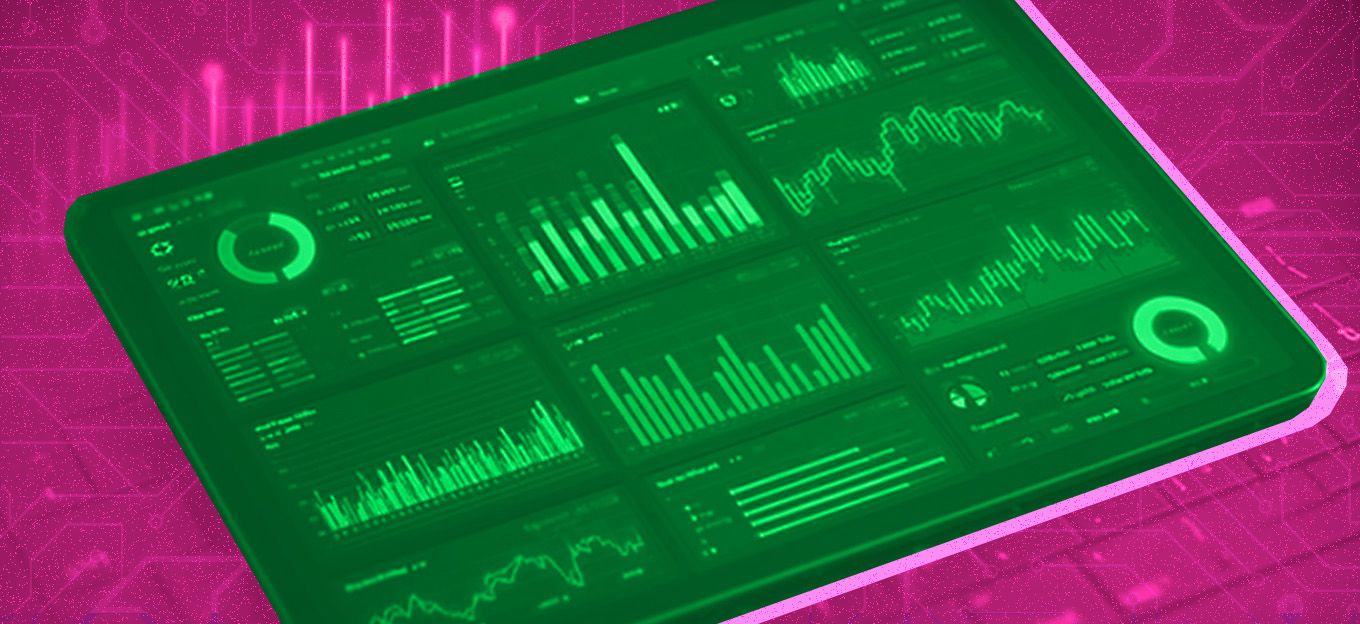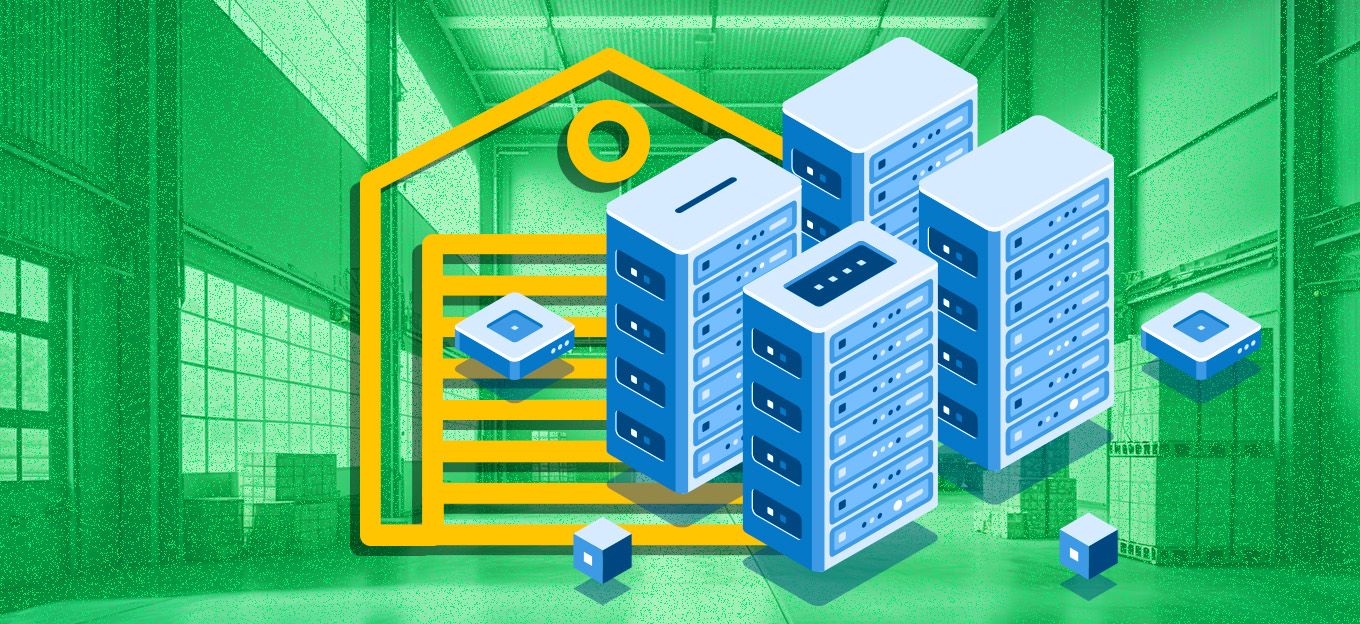IoT Value Feedback Loops in Feature Development Optimization
IoT Value Feedback Loops in Feature Development Optimization
- Last Updated: December 2, 2024
Very
- Last Updated: December 2, 2024



In IoT, features rarely exist in isolation within a single discipline. Developing IoT products that deliver the highest-value features requires optimizing the design process by drawing on the expertise of hardware, data science, design, and software teams.
We will shed light on the significance of cross-disciplinary collaboration in IoT product development and how employing a framework like Deloitte’s Information Value Loop can be beneficial.
The Need for the Feedback Loop
Imagine you’re coming back from vacation and want to pre-heat your home with your smart thermostat. You open the app on your phone and set the temperature to 70°F. Seems simple, right?
In order to make this happen, a well-designed user interface must facilitate the communication between the software and the cloud, as well as your home's local network and firmware, while the hardware must control the HVAC system to initiate heating.
Additionally, a local sensor must actively monitor the actual temperature inside your home, determining when it has reached a sufficient level of warmth, and then signaling the hardware to cease heating through the HVAC system. Phew!
To develop a seemingly straightforward feature like “Allow the user to set the temperature of the home from outside the home,” various technical disciplines need to collaborate on efficient design and development. This is where the IoT Value Feedback Loop framework comes into play, enhancing the development process.
Leveraging the IoT Value Feedback Loop Framework
One way to empower cross-disciplinary teams in designing interconnected IoT capabilities is by using the IoT Value Feedback Loop Framework. Adapted from Deloitte’s Information Value Loop, this framework helps in assessing a specific product feature that is critical to the user experience and has "feedback loop" characteristics.

We turn the framework into a workshop with custom questions tailored to the product. When we assemble a diverse group of talent to work through it, participants begin asking questions that require collective answers.
Feedback Loop in Action
Let’s take a look at how the IoT Value Feedback Loop might apply in a real-life scenario.
Imagine a customer using a smart coffee mug that keeps coffee at the perfect temperature using heat sensors and IoT-enabled controls. The key product experience here is maintaining the user-set temperature.
The IoT Value Feedback Loop framework for product development guides the UX design of the smart mug, addressing the following steps:
#1: Creation | Data Generation: Where is the Data Generated?
Incorporate sensors into the mug to detect and collect data. Which sensors are we using, and what should they detect? Should they be located in the mug or on a specialized coaster/base?
#2: Communication | Networking: How Does the Data Communicate to the Right Places? Edge? Cloud? Other devices?
Software / Data Science: Which data from the “edge” (mug) is analyzed, and does it need to be sent to the cloud? Or can it be analyzed on the edge itself? What needs to be coordinated and communicated?
#3: Standards & Aggregation | Data Organization: Does any Aggregation Need to Happen that Requires Standards or Transformations?
If this mostly takes place on the edge (in the coffee mug), are we aggregating and creating the right metrics for analysis? However, since we're not connecting all the coffee mugs for any collective purpose, there's not much aggregation required.
#4: Analysis | Data & Human Analysis: What Analysis Needs to Happen for Informed Action to Take Place?
With the data available, what calculations do we need to perform to determine if the coffee is at the right temperature and needs heating? Depending on the temperature and the user's desired level, how much heating is required?
#5: Action | Computer & Human Action: What Action Needs to be Taken?
Furthermore, now that we have precise information on the required heating for the coffee, the hardware in the mug can take appropriate action and heat it accordingly.
Lastly, after sorting through each step, we ask these holistic questions:
- How frequently should this loop run? Once a minute? Once every 5 minutes?
- Which parts of the loop are vulnerable to weaknesses?
- Which part of the loop is most critical for success?
- Is there any learning in the loop that feeds into and affects the next time the loop runs?
As you may have already guessed, answering these questions requires input from people with diverse expertise. The designer’s role is to design the app that lets users select their ideal temperature and to ensure the larger team coordinates a top-notch user experience.
Ultimately, the designer needs to answer, “What does the user want?” and use this desired experience and job-to-be-done as a guiding vision for the rest of the team.
In this case, it’s to always have the perfect cup of coffee at the right temperature – not too cold, not too hot.
The designer’s vision of this perfect user experience is crucial for guiding other disciplines in defining their requirements.
- Hardware asks: “Do I need a sensor to detect tiny changes in temperature?”
- UX responds: “Do whatever it takes to detect changes early enough to heat the coffee before the user notices.”
- Hardware & Software ask: “How often should we measure and send temperature data?”
- UX responds: “Do it often enough to catch temperature changes in time — how quickly does coffee cool down, anyway?”
- Data Science asks: “Should I send the data to the cloud or process it on the edge?”
- UX responds: “The app only lets users choose their ideal temperature setting and displays the current temperature. We just need the one cup to maintain itself – perhaps the calculations can stay on the edge to optimize for speed and minimize any risk of connectivity issues.”
Cross-Disciplinary Collaboration for IoT Success
All these experts are responsible for collaborating to design a product that delights end users. Combining IoT feedback loops and product development can generate the best results.
No matter the product, most users perceive their experience with it holistically. Confusing packaging, connectivity issues, or a short battery life can all negatively impact a customer’s perception of the product itself.
The Most Comprehensive IoT Newsletter for Enterprises
Showcasing the highest-quality content, resources, news, and insights from the world of the Internet of Things. Subscribe to remain informed and up-to-date.
New Podcast Episode

Moving Past the Pilot Phase in IoT and AI
Related Articles





